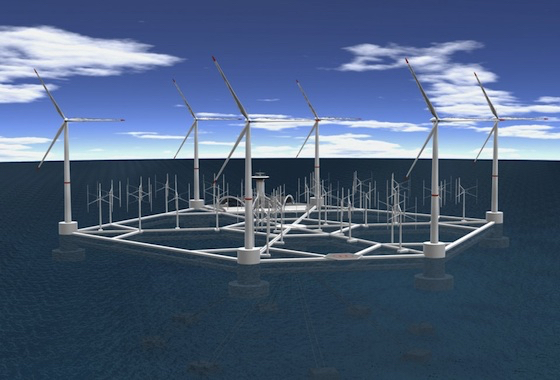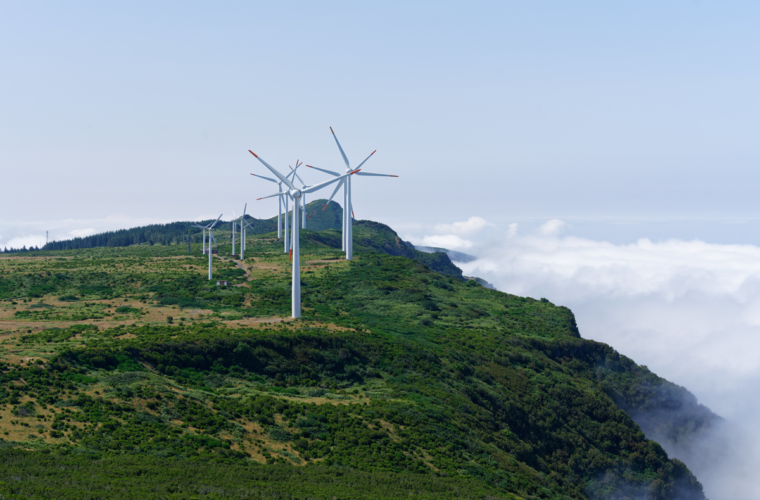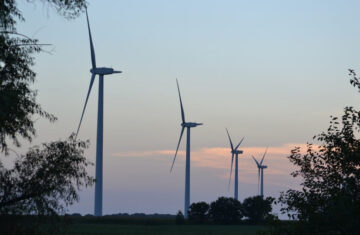Malta is setting ambitious goals to increase its renewable energy generation share from 10% to 25% by 2030, with a strong emphasis on offshore wind farms as a primary strategy to achieve this target. The National Policy for Offshore Renewable Energy Use was officially launched by the Environment Ministry during the recent National Energy Conference.
Key Highlights of the National Policy
- Strategic Zones: The policy outlines plans to exploit offshore renewable energy through six strategic zones, with one area identified as the preferred site for offshore wind energy on marine structures.
- Focus on Offshore Wind and Solar: While the initial focus will be on offshore wind technology, the policy also recognizes offshore solar technology as an area of interest, although its deployment has been limited due to marine conditions compared to onshore environments [1].
- Current Renewable Energy Status: Currently, renewable energy accounts for 10% of Malta’s energy generation, primarily from small-scale rooftop photovoltaic installations [1].
- Government Commitment: Minister for the Environment, Energy and Regeneration, Miriam Dalli, emphasized the importance of offshore energy in reaching Malta’s renewable energy targets and achieving climate neutrality by 2050. She highlighted that floating wind and solar projects could play a central role in this transformation [1].
Investment Models

The policy outlines three potential models for attracting investment in offshore renewable energy:
- Centralized Model: The state leads all phases of development and implements studies before launching a competitive tender.
- Decentralized Model: The state identifies zones, but developers handle all planning and project development.
- Hybrid Model: A combination of the first two models, where the government identifies zones and launches a competitive bidding process, while developers manage project implementation [1].
Financial Support Mechanisms
The policy mentions potential financial support through:
- Contracts for Difference (CfD): Generators sell electricity to the market and receive remuneration for the difference between the bid price and market price.
- Power Purchase Agreements (PPA): Agreements with designated offtakers to ensure financial viability for developers [1].
Conclusion
Malta’s National Policy for Offshore Renewable Energy Use represents a significant step towards enhancing the country’s renewable energy capacity and sustainability. The focus on offshore wind and solar technologies, combined with strategic investment models, positions Malta to meet its ambitious energy goals by 2030.
Learn more:
- National Policy for the Deployment of Offshore Renewable …
- Malta plans 25 pct renewables by 2030, climate neutrality by 2050-Xinhua
- Ministry launches finalised offshore renewable energy policy



